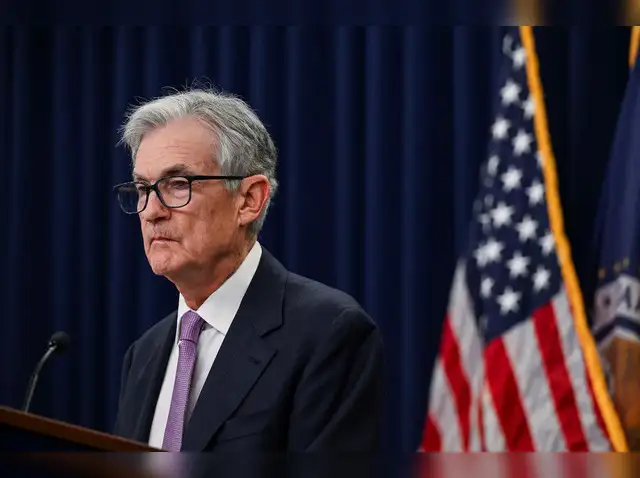Amid growing political and fiscal uncertainty, the bond market has remained unexpectedly resilient, sending a strong signal to policymakers. In a turbulent week dominated by ongoing U.S.–EU trade negotiations, the beginning of corporate earnings season, and anticipation surrounding the next European Central Bank meeting, investors have largely brushed aside speculation over a potential leadership shake-up at the Federal Reserve. After an initial surge in Treasury yields caused by media reports suggesting the possible dismissal of Jerome Powell, calm has returned to the markets, with investors redirecting their focus toward long-term fundamentals.
Demand for longer-dated government debt has risen, pushing yields lower across the curve. The German 10-year Bund yield has dropped by eight basis points to 2.6%, while the U.S. 10-year Treasury yield has retreated by four basis points, and even more intraday. The yield on the 2055 U.S. bond, which had reached a high of 5.07% the previous week, has now fallen back toward 4.9%, reflecting renewed confidence and a shift in investor sentiment.
Fiscal Fears Overtake Leadership Rumors
With the market discounting near-term changes in Fed leadership, attention has pivoted to rising fiscal risks. Despite the political noise surrounding Powell, most investors and economists do not foresee a credible threat to his role in the short term. The focus instead has shifted to persistent inflationary pressures and the potential long-term effects of widening budget deficits. Concerns about tariff-related inflation have yet to materialize, allowing the Fed to maintain its “wait-and-see” posture without significant market backlash.
At the same time, the debate over potential interest rate cuts has intensified. Traders are now pricing in the possibility of up to three rate cuts before year-end, with the first expected in September. This marks a sharp shift from previous expectations and underscores growing confidence in the Fed’s ability to respond to economic softness. However, skepticism remains among major research firms. The threat of capital outflows from the United States continues to weigh on the U.S. dollar, raising questions about long-term confidence in U.S. assets.
Risk Premiums Rise for Long-Term Debt
Analysts at Barclays have warned that, even in a benign economic scenario, the bond market is likely to retain an elevated risk premium, particularly for long-duration securities. They argue that the combination of growing deficits, uncertain inflation dynamics, and potential geopolitical disruptions may compel investors to demand higher compensation for holding long-term U.S. government bonds. This additional risk pricing is already evident in the relative underperformance of ultra-long maturities.
Meanwhile, economists at BMO Capital Markets highlight that current conditions—stubbornly high inflation, robust employment figures, and continued fiscal expansion—justify the Fed’s cautious approach. They predict that market expectations for aggressive rate cuts may be overly optimistic and will likely adjust downward as more data emerges during the third quarter. For many market watchers, the best strategy is to remain flexible and focus on the evolving data rather than political rumors.
Central Bank Credibility and Policy Stability
Though speculation about Powell’s job security persists in some political circles, most institutional investors believe a sudden change at the top of the Federal Reserve would undermine the central bank’s long-standing reputation for independence and predictability. According to analysts at UBS, a leadership shake-up would inject unnecessary uncertainty into monetary policy at a time when the U.S. is already grappling with questions about fiscal sustainability and the role of the dollar as a global reserve currency. They warn that such instability could lead to further risk premiums being priced into U.S. debt markets, especially if inflation proves more durable or if interest rate expectations turn volatile once again.
Despite these challenges, the broader market outlook remains cautiously optimistic. Volatility, while still present, has moderated compared to recent weeks. Institutions such as Goldman Sachs continue to recommend mid-duration bonds as a balanced approach to exposure, suggesting that the worst of the turbulence may be behind us—for now.



